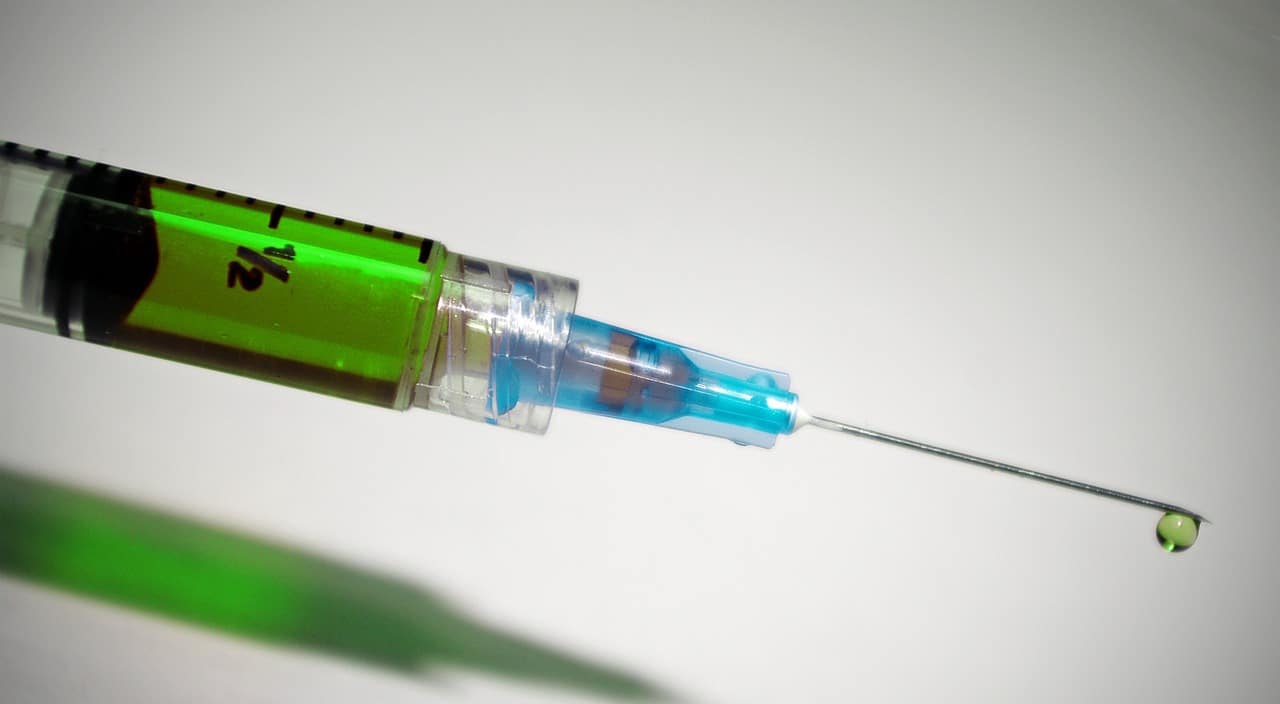Interferon alpha injections for Peyronie’s disease treatment uses interferons to reduce the production of collagen and thus help reduce plaque in the penis, although study results have been variable. Interferons are proteins produced naturally by the body, and they are involved in regulating the immune system. A type of interferon used to treat Peyronie’s disease is interferon alpha-2b, which is a drug typically used to treat cancer.
Studies of Interferon Alpha Injection Therapy for Peyronie’s Disease
The first study to use interferon alpha injections for Peyronie’s disease involved alpha-2b and was reported in 1995. The injections were successful in reducing pain, decreasing penile curvature, and diminishing plaque size. (Wegner 1995) However, a subsequent study by the same researchers in 30 men with early Peyronie’s disease found treatment to be ineffective and the side effects, including muscle pain and fever, to be intolerable.
Subsequent studies of interferon alpha injections for Peyronie’s disease by other researchers yielded both positive and negative results. A study in 1999 that involved 21 men reported elimination of pain in 90% of men, significant improvement in penile curvature in 65%, and a decrease in plaque size in 85%. (Ahuja 1999) In a study of 34 patients, injections of interferon alpha-2b led to resolution of palpable lesions in 62%, improvement in penile curvature in 47%, and disappearance of erectile dysfunction in 79.2%. (Astorga 2000)
However, poor results were reported by researchers who treated 23 men three times per week for three weeks. Only 26% of the men were satisfied with the results of treatment, and there was no significant change in penile curvature or plaque size. (Brake 2001)
Perhaps the most definitive study of interferon alpha injections for Peyronie’s disease was a placebo-controlled, single-blinded trial involving 117 men: 55 were given interferon alpha-2b at two-week intervals over 12 weeks while the remaining men received placebo. Penile curvature declined from 49.9 degrees to 36.4 degrees in the interferon group compared with 50.9 degrees to 46.4 degrees in the placebo group. Plaque size and pain also declined significantly in the men treated with interferon compared with those who received placebo. There was no significant difference, however, between the two groups in terms of erectile function before and after treatment. (Hellstrom 2006)
Dose and Side Effects of Interferon Alpha Injections for Peyronie’s Disease
The typical treatment program for interferon alpha involves injecting the drug directly into the plaque every two weeks for six months. Improvements generally are better for men who have small plaques. Most men who receive interferon alpha injections experience flu-like symptoms. Other less common side effects include hematoma, swelling of the penis, development of cysts in the penis (requiring surgical removal), and leaky veins (venous leakage).
References
Ahuja S et al. A pilot study demonstrating clinical benefit from intralesional interferon alpha 2B in the treatment of Peyronie’s disease. J Androl. Jul-Aug 1999; 20(4):444-8.
Astorga R et al. Intralesional recombinant interferon alpha-2b in Peyronie’s disease. Arch Esp Urol Sep 2000; 53(7):665-71.
Brake M et al. Treatment of Peyronie’s disease with local interferon-alpha 2b. BJU Int May 2001; 87(7):654-57
Hellstrom WJ et al. Single-blind, multicenter, placebo controlled, parallel study to assess the safety and efficacy of intralesional interferon alpha-2B for minimally invasive treatment for Peyronie’s disease. J Urol Jul 2006; 176(1):394-98
Wegner HE et al. Treatment of Peyronie’s disease with local interferon-alpha 2b. Eur Urol 1995; 28(3):236-40.
